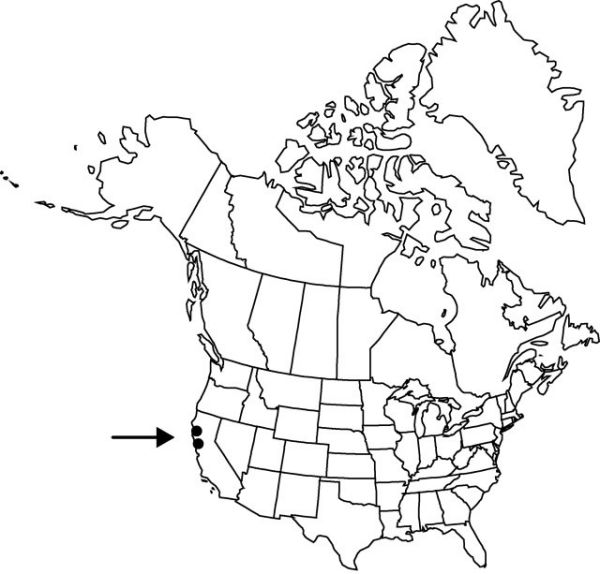Allium paniculatum var. paniculatum
Bulbs 1–8, not clustered on stout primary rhizome, increase bulbs absent or ± equaling parent bulbs, never appearing as basal cluster, rhizomes lacking, ovoid, 1–1.5 × 1–1.5 cm; outer coats enclosing renewal bulbs, dark brown, membranous, very obscurely reticulate, cells rectangular, vertically elongate, without fibers, meshes delicate; inner coats white to light brown, cells rectangular, vertically elongate. Leaves persistent, withering from tip at anthesis, 3–5, sheathing proximal 1/3–1/2 scape; blade solid, terete to semiterete, channeled, 5–35 cm × 1–5 mm, margins entire. Scape persistent, solitary, erect, solid, terete, 30–70 cm × 1–3(–4) mm. Umbel persistent, erect, loose, 25–100-flowered, globose to ovate, bulbils unknown; spathe bracts persistent, 2, 4–9-veined or veins not visible, ovate to narrowly lanceolate, unequal, longer bract 5–14 cm, greatly exceeding pedicels, apex contracted into appendage, appendage terete, 5–14 cm. Flowers campanulate, 5–7 mm; tepals erect, white to lilac pink, ovate, ± equal, becoming papery and withering in fruit, margins entire, apex obtuse; stamens included to slightly exserted; anthers yellow; pollen yellow; ovary crestless; style exserted, linear; stigma capitate, scarcely thickened; pedicel unequal, 10–45 mm. Seed coat not known.
Phenology: Flowering Jun–Jul.
Habitat: Disturbed areas
Elevation: 0–50 m
Distribution

Introduced; Calif., Europe.
Discussion
Allium paniculatum var. paniculatum is naturalized around San Francisco Bay and elsewhere in northern California. It is native to Europe and is potentially a noxious weed.
Selected References
None.